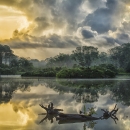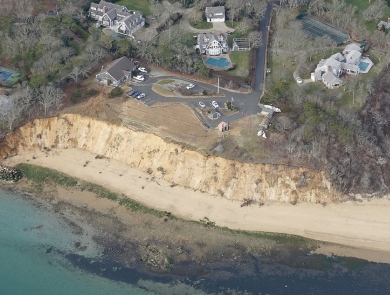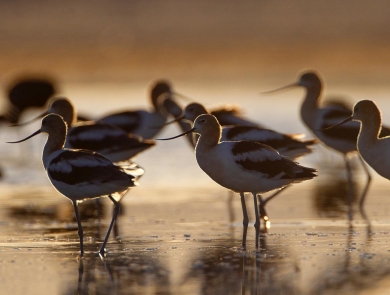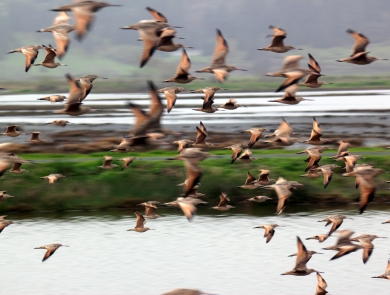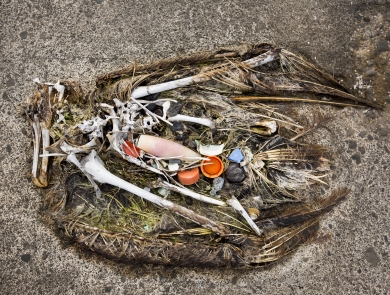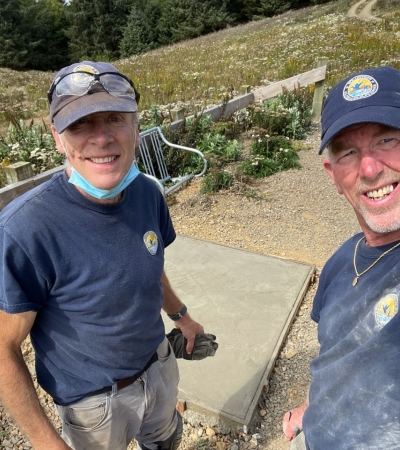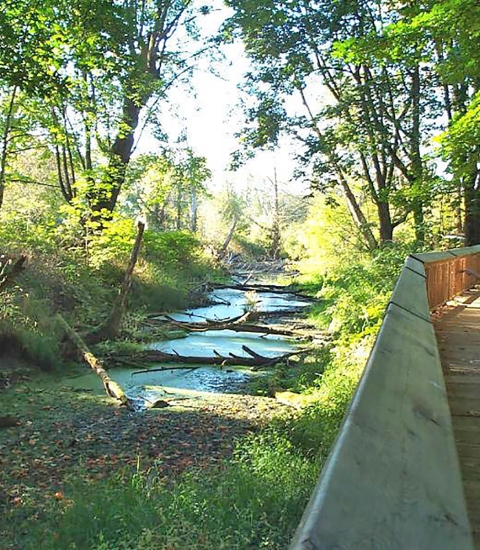Facility
Location
5000 Wildlife Drive NE
Townsend, GA 31331
United States
Volunteer Position Overview
About This Position
Savannah Coastal Refuges Complex is recruiting resident volunteers (RV) to be stationed at Harris Neck National Wildlife Refuge, one of seven refuges located within the Complex. Volunteers can be individuals or couples who are willing to provide 24 hours of service per week in exchange for the RV site and hookups. We require a 3-month minimum/6-month maximum commitment (anywhere in-between, schedule-dependent.) Harris Neck NWR is one of seven refuges the comprise the Savannah Coastal Refuges Complex, and is located right on the Georgia coast, in McIntosh County, about 8 miles from I-95. Although fairly remote, it is no more than 30 minutes to drive to amenities in the nearby communities of Darien, Brunswick, Hinesville, and Richmond Hill.
Harris Neck NWR has no USFWS staff assigned to it, therefore volunteers would be working independently most of the time. Direction would come from refuge staff located at the Savannah NWR approximately one hour north. An orientation would be conducted upon arrival, and volunteers will be given a list of routine activities that would need to be done daily/weekly throughout their stay. In addition, there are any number of special projects that could come up that staff would look to the volunteers to assist with, at Harris Neck, or on other refuges within the Complex. It is important that volunteers who consider this position be self-motivated and comfortable working independently, but also that they be diligent about communicating with refuge staff if they have questions or are uncertain if there's a particular activity they should be doing or not doing. Volunteers should expect to be working outdoors the majority of the time, and if volunteering during the spring thru fall months, temperature and humidity are high in our area. If working in those conditions would be an issue, we do not recommend volunteering here during the summer months. The most important qualification a volunteer can have is flexibility...we are a small staff with a LOT of work to do so priorities and work assignments can change quickly and often. We also have a lot of fun!
Duties/Activities
Stories About Volunteering
Other Ways to Work with Us
Are you looking for something different than a volunteer opportunity? The Fish and Wildlife Service employs around 9,000 people nationwide and offers great internship opportunities every year.
